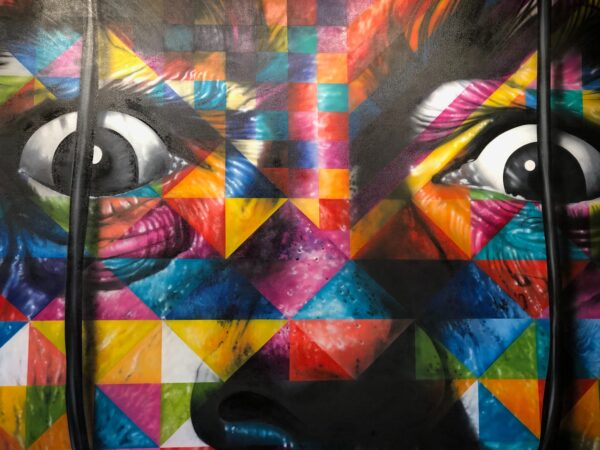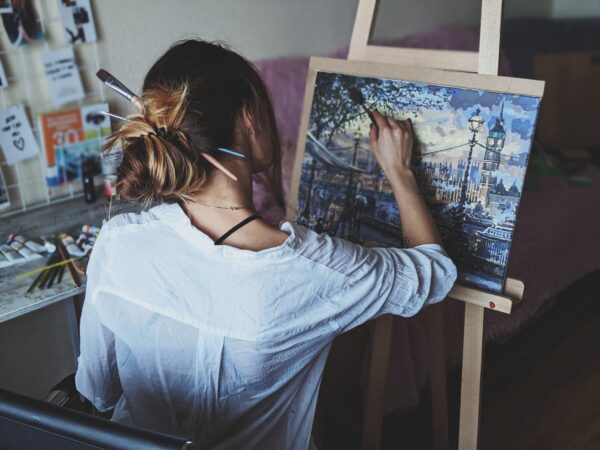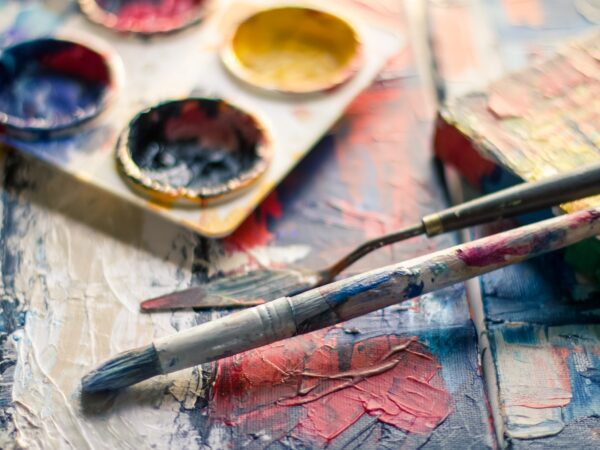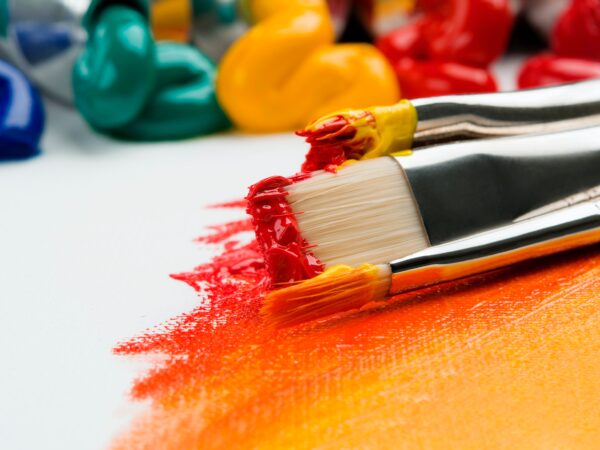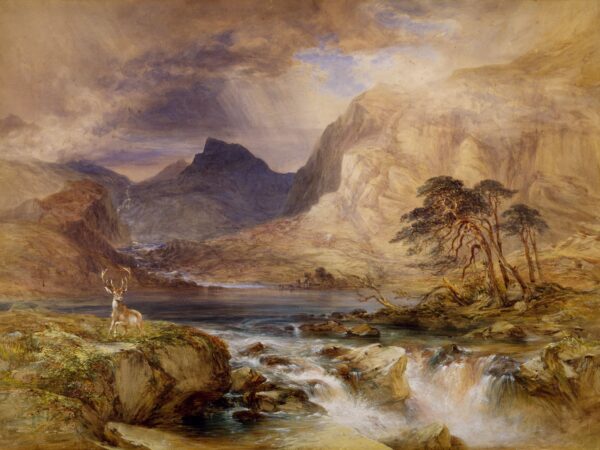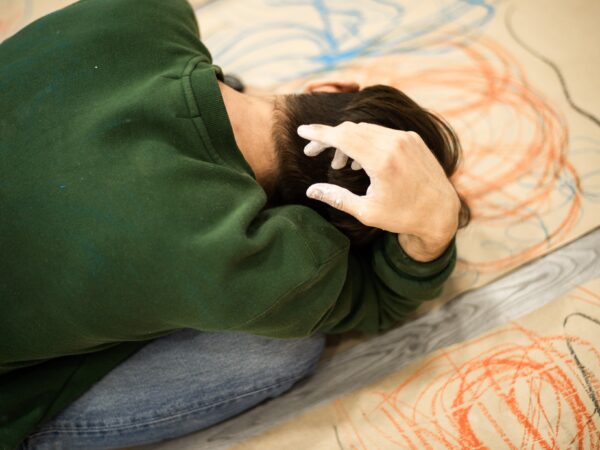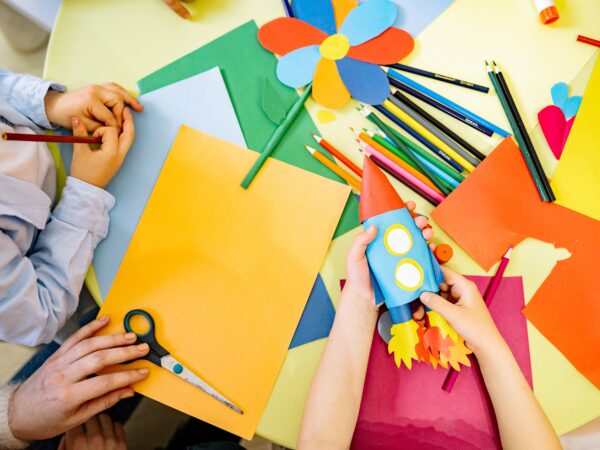Art is all around us, permeating every aspect of our lives. From the paintings that adorn our walls, to the music that fills our ears, to the films that enthral us, art is a powerful force that shapes our world and our experiences. But why is art so important? How does it affect us? And how does it shape the world around us? In this article, we will explore the power of art, and the myriad ways it impacts our lives and our world.
Art and Emotion
One of the most powerful ways that art impacts our lives is by evoking emotion. Whether it is a painting that captures our attention, a piece of music that moves us to tears, or a film that makes us laugh or cry, art has the power to stir our hearts and souls. This emotional connection to art is what makes it so important, as it allows us to connect on a deeper level with the world around us.
Some of the greatest artists throughout history have been masters at evoking emotion through their work. For instance, people acclaim Mozart’s music for its capacity to transport listeners to another world and evoke emotions such as joy, sadness, wonder, and awe. Likewise, art enthusiasts celebrate Vincent Van Gogh and Salvador Dali for their ability to capture the essence of human emotions through their paintings.
But it’s not just the emotional impact of art that is important – it’s also the way it can help us to process and understand our own emotions. Many people turn to art as a way of expressing themselves, whether it’s through painting, writing, or other creative pursuits. This process can be incredibly cathartic, allowing us to work through difficult emotions and find meaning and purpose in our lives.
Art and Identity
Another way that art impacts our lives is by shaping our sense of identity. The art we choose to surround ourselves with, whether it’s a bold painting or a delicate sculpture, says something about who we are as individuals. It reflects our values, our tastes, and our personalities.
This connection between art and identity is particularly relevant when it comes to cultural and national identity. Many countries have a rich artistic heritage that reflects the unique history, traditions and values of their people. From the vibrant colours of India’s textiles, to the haunting melodies of Scottish folk music, art can be a powerful tool for preserving and celebrating cultural identity.
But it’s not just cultural identity that is shaped by art – individual identity is also impacted. For example, a child who grows up surrounded by music may develop a lifelong love of music, and may even go on to pursue a career in the industry. Similarly, someone who is exposed to certain types of art may find that it shapes their taste and preferences in unexpected ways.
Art and Society
Art is not just important on an individual level – it also has a broader impact on society as a whole. Throughout history, people have used art to communicate important ideas and messages, to shine a light on social injustices, and to challenge the status quo.
One of the most famous examples of this is the painting ‘Guernica’ by Pablo Picasso, which depicts the horrors of the Spanish Civil War. Art critics regard the painting as one of the most important anti-war artworks of all time because it offers a powerful commentary on the brutality of war.
Similarly, music has been used as a means of protesting against social injustices throughout history. From the civil rights anthems of the 1960s, to the politically charged music of today, musicians have used their platform to speak out against injustice and bring about change.
But art doesn’t just have to be political to have an impact on society. It can also be used as a means of bringing people together, promoting dialogue and understanding, and fostering a sense of community. This is particularly relevant in the world we live in today, where technology has made it easier than ever before to connect with people from all walks of life.
Art and Education
Finally, it’s worth noting the vital role that art plays in education. At a time when STEM subjects (science, technology, engineering and maths) are often regarded as the most important, it’s important to remember the value of art education.
Studies have shown that exposure to art at a young age can have a range of benefits, from improved academic performance, to increased creativity and imagination, to better social and emotional development. By fostering an appreciation for art at a young age, we can help to shape the next generation of thinkers, leaders and innovators.
But art education is not just important for children – it is also an essential part of lifelong learning. Many adults find that engaging with art later in life can have a profound impact on their wellbeing, helping them to stay connected to the world around them and find meaning and purpose in their lives. This the power of Art.
Conclusion
Art is a powerful force that shapes our lives and the world around us in countless ways. From the emotional impact of music, to the way art shapes our sense of identity, to the role it plays in society and education, it is clear that art is an essential part of what it means to be human.
As we look to the future, it is important that we continue to value and celebrate the power of art. By doing so, we can ensure that it remains a vital part of our world, enriching our lives and shaping the way we see ourselves and the world around us.



